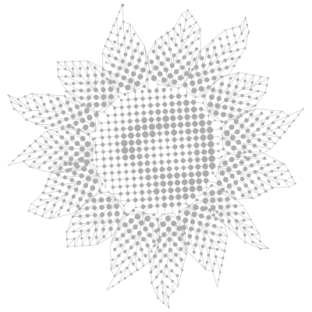Conductometry (electrical conductivity)
Conductometry (from the English. Conductivity – electrical conductivity and Greek. Metreo – measured) – a set of electrochemical methods of analysis based on the measurement of electrical conductivity of various mixtures and solutions. The advantages of conductometry are: high sensitivity (lower limit of detectable concentrations ~ 10–4–10–5 M), fairly high accuracy (relative error of determination — 0.1–2%), simplicity of techniques, equipment availability, possibility to study colored and turbid solutions.
The electrical conductivity of the soil is the ability of the soil (suspensions) to conduct electrical current. Depends on soil moisture, phase state of water, salt content in soil, its temperature, density, particle size distribution, etc. Quantitatively characterized by the coefficient of electrical conductivity of the soil.
The coefficient of specific electrical conductivity of the soil – a quantitative characteristic of the electrical conductivity of the soil. Equal to the coefficient of proportionality between the density of electric current and the voltage gradient of electric current.
Conductivity is used to estimate the total amount of sodium, potassium, calcium, chlorine, sulfate, bicarbonate, etc. salts dissolved in water. The presence of ions of bivalent and trivalent iron, manganese, aluminum, nitrate, etc. It does not have a serious effect on electrical conductivity (if, of course, these ions are not contained in significant quantities). Electrical conductivity varies with temperature, which often leads to insignificant measurement errors. However, modern devices allow minimization of measurement errors due to physical dependences of specific conductivity on temperature calculated and memorized. Using electrical conductivity, one can indirectly estimate the chemical composition of the soil according to the studied methods and compare it with the environmental parameters.
Measuring the salinity of the soil, in fact, they measure inorganic salts dissolved in water. All salts contain some water-soluble part, which, when a certain level is reached, has a detrimental effect on plant growth – soil salinity appears. Salinity is the result of low soil permeability.
Soil salinity is determined by measuring the conductivity of the soil suspension and is expressed in μS / cm or mS / cm.
Write to us
and we will find an opportunity
for cooperation


